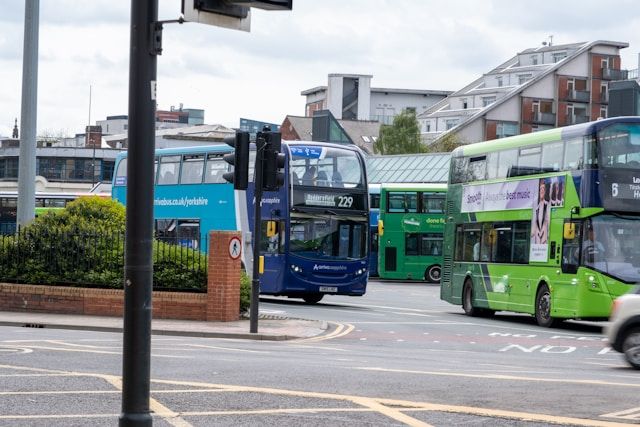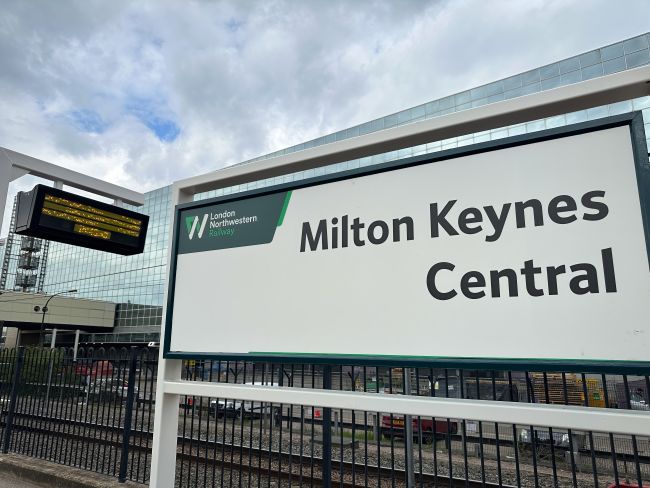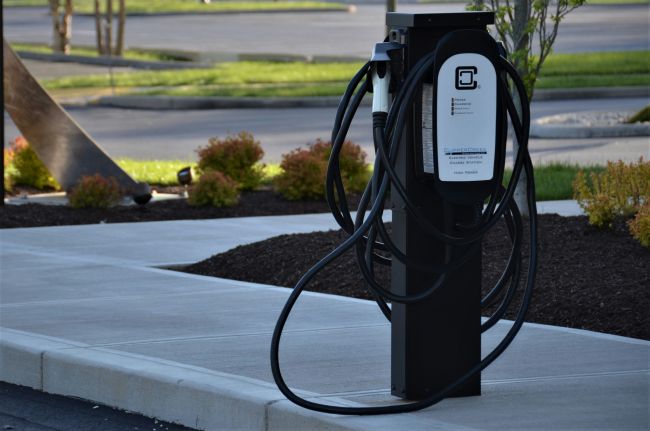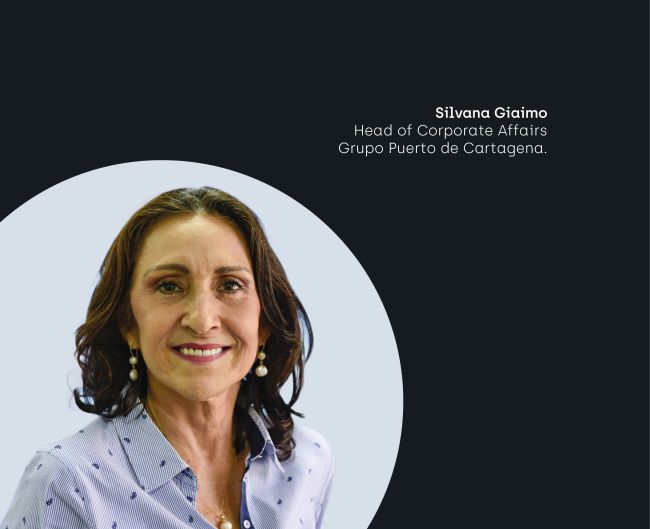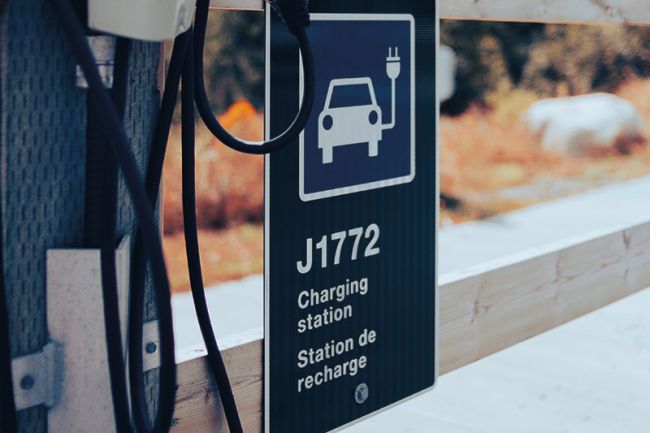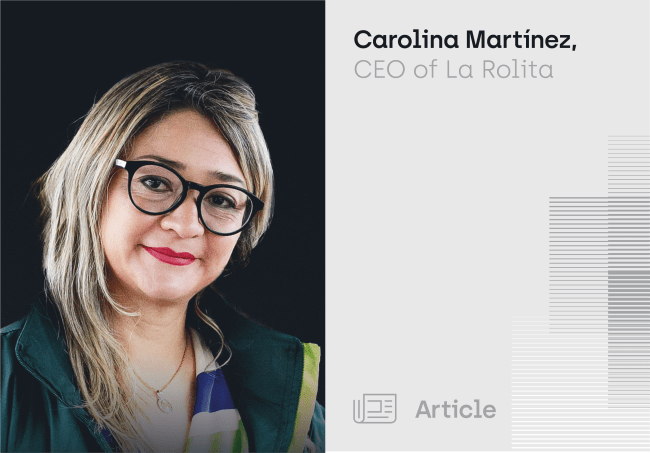Models for the analysis of urban transport systems in Chile
The Transport Planning Secretariat of Chile (SECTRA) defines Master Plans of Urban Transport in the biggest cities of the country to improve the mobility in each of them. These plans correspond to sets of projects of a certain magnitude, aimed at the development of transport systems consistent with the urban development foreseen for cities.
SECTRA has developed a methodology for the analysis of transport systems in big cities (more than 500,000 inhabitants) and in medium cities (between 70,000 and 500,000 inhabitants). In the case of big cities a strategic model is used: ESTRAUS, adjusted for Santiago, Valparaíso and Concepción; whereas to analyse the transport systems of medium cities, the Vivaldi model is used, which has been adjusted for more than 20 cities of the country. Both models include the 4 stages of the classic transport model: generation of trips, distribution, modal split and assignment.
In general terms, the analysis methodologies for both sizes of cities are similar. The main difference lies in the models used to predict the offer-demand balance of short term for each case: sequential model for medium cities which present low levels of congestion, and a simultaneous equilibrium model for big cities which have reached high levels of congestion.
These models developed in the country have the advantage of adjusting to the reality of the transport system in the cities of Chile, allowing to represent, for instance, high levels of congestion in buses and metro by incorporating the capacity restriction of vehicles of public transport, as well as the rate integration between buses and metro and the big number of transfer produced between both modes in Santiago.
The main difficulty of application for these models is the big amount of information required to be adjusted in each city. The process is carried out approximately every 10 years in each city and therefore, origin-destination surveys should be carried out, together with a number of flow measurements and interception surveys to different types of vehicles in the external line and screen lines in the city.
Once these models are adjusted in a city, they comprise all the relevant information of the transport system and may be used by the planning authorities to analyse different project plans, evaluate the social benefits they generate and define investment programs.
